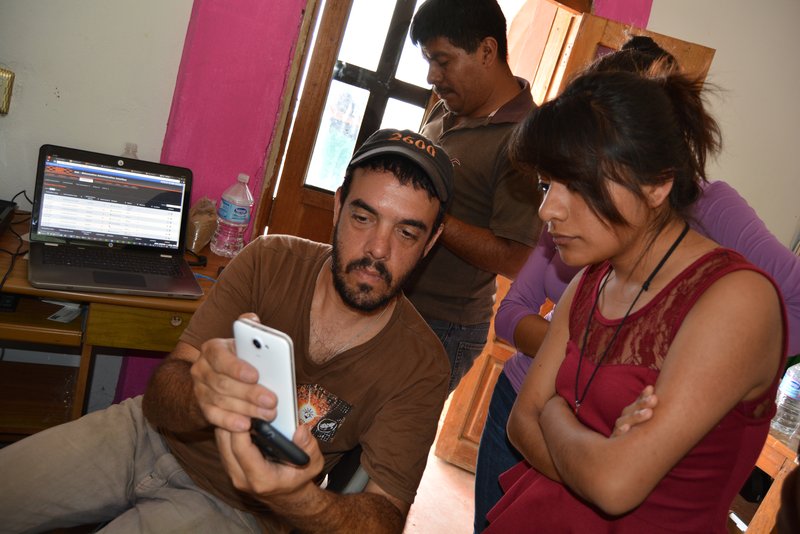Members of the Mixe, Mixteco, and Zapoteco people will soon have their own mobile cellular telephone network that will allow at least 356 municipalities in the States of Chiapas, Guerrero, Oaxaca, Puebla, and Veracruz, to access mobile-telephone services and the Internet.
The new services are the result of a July 5 plenary resolution by the Instituto Federal de Telecomunicaciones, or IFT (Federal Institute of Telecommunications), that granted for the first time in Mexico’s history two licenses to operate a telecommunications network for social indigenous use to the nonprofit organization Telecomunicaciones Indígenas Comunitarias A.C. (TIC A.C.) (the Indigenous Community Telecommunications).
According to Redes por la Diversidad, Equidad y Sustentabilidad, A.C. (Networks for Diversity, Equality, and Sustainability Nonprofit Organization), the network Telefonía Celular Comunitaria, (Communal Cell Phone) (which has been acquired, managed, and operated since 2013 by the Villa Talea de Castro community in the northern mountain range of Oaxaca) is directly responsible for this effort to provide connectivity to indigenous communities at affordable costs.
As Global Voices previously explained, prior to 2013, the 2,500 inhabitants of Villa Talea de Castro relied on high-cost landline phone booths. After the large cell phone companies repeatedly refused to provide them with service, the community got together and—with the technical and legal assistance of the NGO Rhizomatica—it managed to install its own local cellular network, providing the community with “unlimited local calls and messages, long distance and international calls at a cost of up to 98 percent less than [that] offered by other telephone service providers.”
Once the cellular network went into operation, the local radio station (“Dizha Kieru,” or “Nuestra Voz” in Zapotec language) together with Rhizomatica started to explore new ways to promote citizen journalism and community communication. This project was supported with a small scholarship from Rising Voices in 2013.
According to the statement issued by Networks for Diversity, Equality, and Sustainability, the 16 rural and indigenous communities that up until that time formed part of the community telephone network, formed a co-op with Rhizomatica and created the Telecomunicaciones Indígenas Comunitarias, A.C. (Indigenous Community Telecommunications nonprofit organization), in order to take the next step toward getting the licenses from the IFT and operating a telecommunications network for social indigenous use, which was recently authorized.
Members of the Mixe, Mixteco, and Zapoteco people will soon have their own mobile cellular telephone network that will allow at least 356 municipalities in . . .












